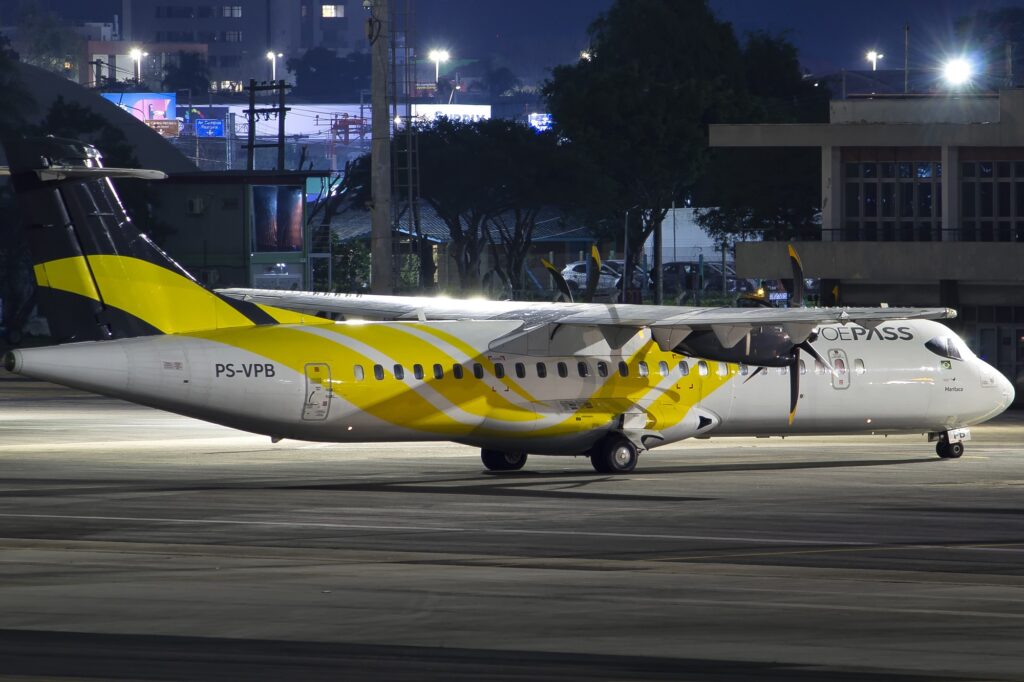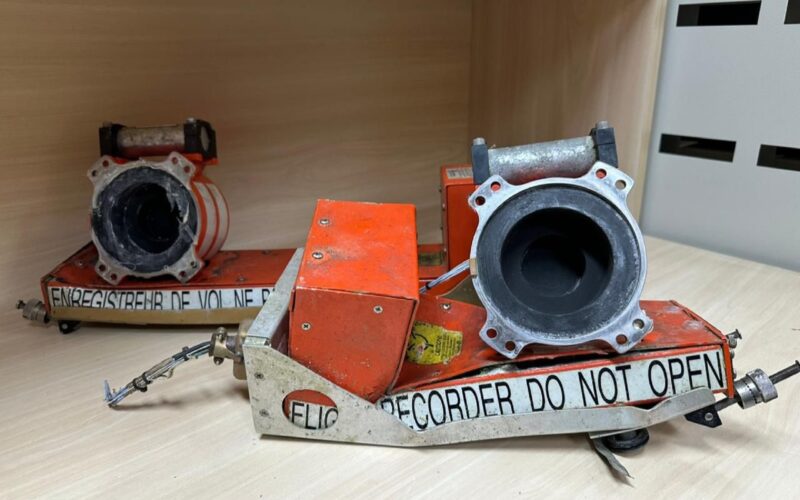The Voepass (Voepass Linhas Aéreas) pilots killed in a deadly crash in São Paulo, Brazil, tried to react to a loss in altitude for one minute before the ATR 72-500 impacted, according to local media.
TV Globo was given access to transcriptions from the ATR 72-500 turboprop’s flight recorder by the Brazilian Air Force’s Aeronautical Accidents Investigation and Prevention Center (CENIPA) following the crash that killed 62 people onboard.
According to the news station, the transcripts were around two hours long and that the recording indicated that there was a sudden drop in altitude during the flight between Regional West Airport (CAC) in Cascavel and São Paulo-Guarulhos International Airport (GRU) on August 9, 2024.
As the aircraft lost altitude the co-pilot asked what was happening and that “more power” was needed to stabilize the plane.
This is pretty horrific. Almost certainly a stall followed by an asymmetric input into a fully developed spin. The question is what brought on the stall and/or asymmetric input. Given ATR-72 crash history, my money is on icing.
— Maz Jovanovich (@maz_jovanovich) August 10, 2024
pic.twitter.com/grX1DdkYI1
TV Globo reported that around one minute passed between the dop in altitude and the crash during which time the flight crew tried to react. Screams were heard as the recording ended.
From the flight recorder data alone, it was not possible to say exactly what caused the crash but there were no warning sounds indicating fire, electrical failure or engine failure.
Due to the ATR 72-500’s propellers close proximity to the cockpit investigators told TV Globo that it was difficult to understand conversations.
Video footage captured of the crash showed the aircraft, registered PS-VPB, falling from the sky while spinning uncontrollably. There have been suggestions that ice on the ATR’s wing could be a contributing factor to the crash.

CENIPA said it had extracted information from two flight recorders, the Cockpit Voice Recorder (CVR) and the Flight Data Recorder (FDR).
“With regard to the CVR, a detailed study of the dialogues and sounds established in the cabin and with the airspace control is being carried out. Furthermore, through the CVR, possible audible alarms should be identified, the research of which may require, if necessary, the use of sound spectral analysis software. Through the FDR, at the beginning of the process, after extracting and obtaining the information recorded in the black boxes, the aim is to convert the binary electronic data into engineering units,” the Head of CENIPA, Air Brigadier Marcelo Moreno, said earlier this week.
CENIPA intends to release a preliminary report on the plane crash within 30 days.

